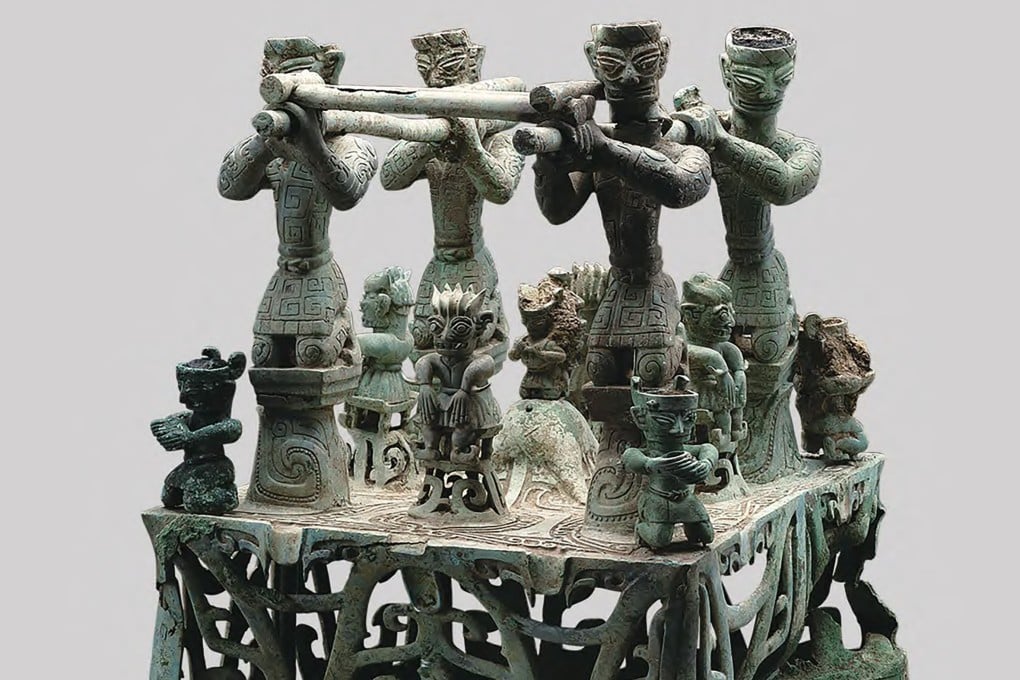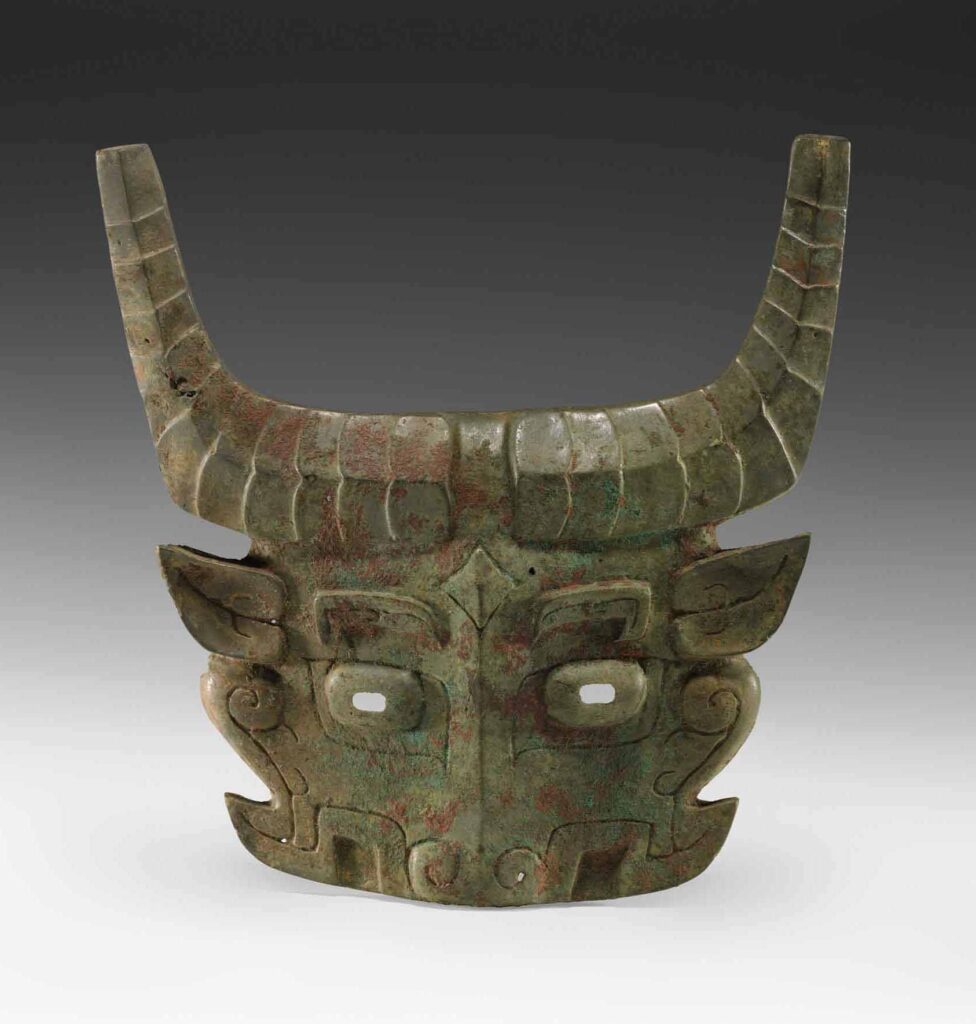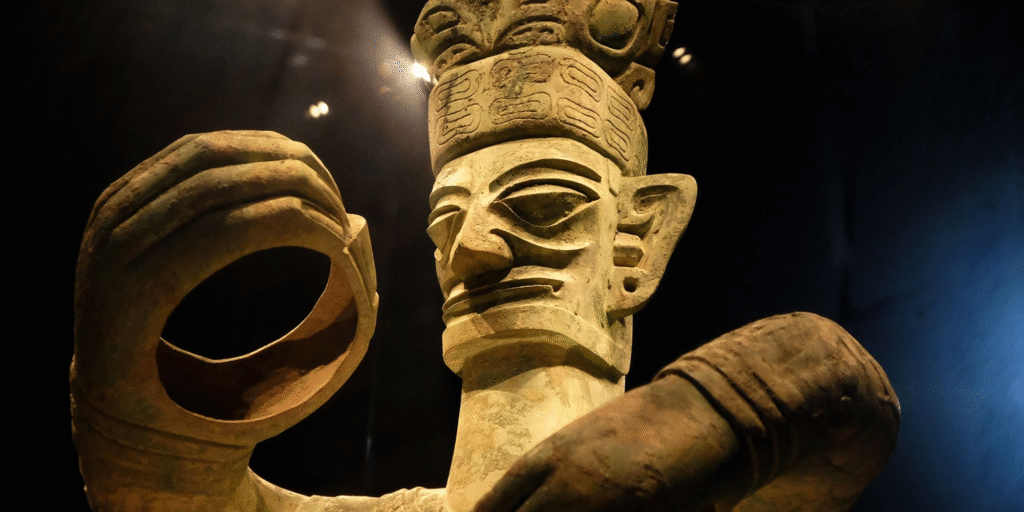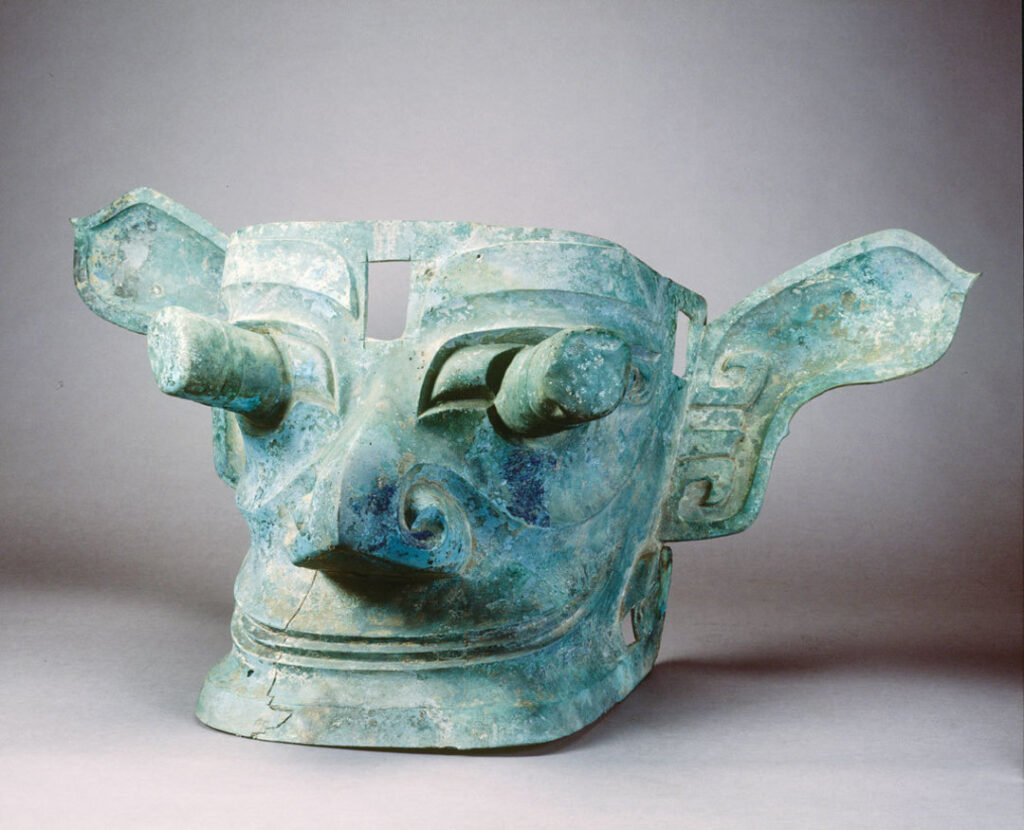Unearthed Glory: How Ancient Chinese Artifacts Illuminate a Forgotten Kingdom

🏺 Introduction: Discovering a Lost Chapter in China’s History
In recent years, the soil of southwestern China has yielded a treasure trove of artifacts—ornate bronzeware, majestic masks, gold leaves, jade figurines, and enigmatic sculptures—stirring global interest in a forgotten kingdom that flourished during China’s Bronze Age. This mysterious culture, centered around the Sanxingdui site in Sichuan Province, is rewriting what we know about early Chinese civilization and challenging the long-held narrative that all Chinese culture originated along the Yellow River Valley.
The discoveries made here—along with complementary findings at other Neolithic and Bronze Age sites—have illuminated the existence of a sophisticated, ritual-oriented, and independent civilization that thrived around 1200 to 1000 BCE, offering a remarkable window into China’s diverse ancient past.
📍 The Sanxingdui Site: An Archaeological Revelation
Discovered accidentally in 1929 by a local farmer digging an irrigation ditch, Sanxingdui remained a lesser-known archaeological curiosity until the 1980s, when two pits filled with exquisite sacrificial objects were unearthed. However, it was the 2021–2023 excavations—led by Chinese archaeologists and supported by cutting-edge technology—that fully captured global attention.
Key Findings:
- 13,000+ cultural relics, many undisturbed for over 3,000 years
- Exotic bronze masks with exaggerated eyes and stylized features
- A massive bronze “Tree of Life” sculpture
- Gold masks, including the now-iconic partial golden face covering
- Ivory tusks, jade blades, and sacred vessels
- A bronze figure kneeling with a zun (ritual wine vessel)—a one-of-a-kind discovery in Chinese archaeology

🧭 Context: Who Were the Sanxingdui People?
The Sanxingdui site is believed to be the religious and ceremonial center of the ancient Shu Kingdom, a culture that thrived in the Sichuan Basin long before China’s first unified dynasty, the Qin, emerged.
What makes this discovery so remarkable is that the Shu civilization developed:
- Independently of the better-known Yellow River cultures (such as Erlitou and Shang)
- With distinct aesthetic and ritual traditions
- While maintaining high levels of artistic complexity, metallurgy, and religious life
Their unique iconography and absence of a formal writing system have led scholars to speculate about their language, beliefs, and interactions with other ancient civilizations.
🛠️ Technology and Preservation
New archaeological technologies have been instrumental in preserving and analyzing the finds:
- 3D laser scanning and hyperspectral imaging to document delicate relics
- CT scans used to “see inside” sealed relics without opening them
- AI-based reconstruction models are now helping interpret broken or corroded objects
🔍 Interpretations and Theories
What Were These Artifacts For?
The layout and structure of the pits, and the ritual nature of the artifacts, suggest religious or ceremonial practices. Some theories include:
- Sacrificial offerings to deities or ancestors
- Burial rites or cosmological symbolism
- Ceremonial displays of elite power or spiritual vision
The bronze masks, with wide, hollow eyes and ear flanges, are unlike anything found in other ancient Chinese contexts, prompting speculation about:
- Shamanistic rituals
- Worship of supernatural beings
- Belief in divine intermediaries between earth and heaven
🧱 Broader Archaeological Landscape
The Sanxingdui discoveries align with other regional findings that suggest a pluralistic early China:
Hongshan Culture (Northeast China):
- Dating to 4700–2900 BCE
- Recent finds include jade dragons, owl motifs, and ritual altars
- Indicates early religious centers pre-dating dynastic rule
Liangzhu Culture (Yangtze Delta):
- Advanced urban planning and hydraulic engineering
- Known for ritual jade cong and bi disks
- Possibly influenced by southern agricultural expansion
Erlitou and Shang (Yellow River Basin):
- Earlier regarded as the origin of Chinese civilization
- Now understood to be one of several concurrent core regions
Together, these findings challenge the “monolithic” view of ancient Chinese civilization, revealing a mosaic of cultures across geography and time.

🏛️ National and Global Implications
China has embraced these discoveries as both scientific breakthroughs and cultural milestones:
- The Sanxingdui Museum has been dramatically expanded
- A new wave of archaeological diplomacy invites international researchers to collaborate
- The finds are used to promote cultural pride and national heritage within modern China
Globally, these discoveries:
- Spark comparisons with Mesoamerican, Mesopotamian, and Indus Valley civilizations
- Invite a reevaluation of early metallurgical innovation and artistic expression
- Fuel interest in ancient trade routes that may have connected disparate cultures

🧠 Rewriting History: Why Sanxingdui Matters
Sanxingdui’s significance lies not only in the beauty or quantity of its artifacts, but in its paradigm-shifting implications:
- It reframes Chinese history as multi-origin, not just Yellow River-centric
- It affirms the idea that multiple “cradles of civilization” developed independently
- It deepens our understanding of how religion, art, and power intertwined in the Bronze Age
It also serves as a vivid reminder that vast chapters of human history remain buried—waiting for chance, science, and curiosity to bring them to light.
📜 Conclusion: A Civilization Once Lost, Now Illuminated
The story of Sanxingdui is a triumph of archaeological perseverance, cultural discovery, and historical rebalancing. The ancient Shu Kingdom, once relegated to the margins of Chinese history, now stands as a testament to human imagination, spirituality, and complexity.
These unearthed relics speak not only of a civilization that once was but also of the enduring quest to understand our collective past—through the language of bronze, jade, and gold.




